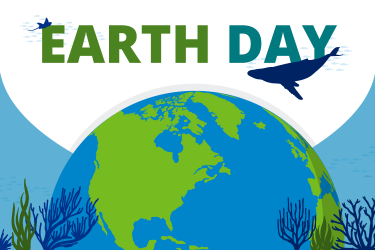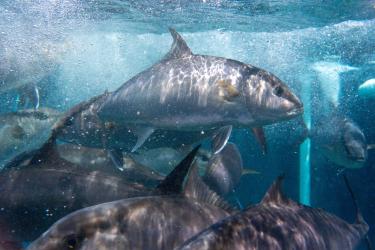
Thanks to the combined efforts of NOAA Fisheries, the regional fishery management councils, and other partners, we rebuilt two fish stocks. In 2016, the number of stocks on the overfishing and overfished lists remained near all-time lows.
Released in conjunction with Fisheries Economics of the U.S. 2015, the 2016 Status of Stocks report shows that our dynamic, science-based management process has been successful at ending overfishing and rebuilding stocks and helping us realize significant benefits to the economy.
Read more about the release of Status of Stocks 2016 and Fisheries Economics of the U.S. 2015.
Dynamic Fisheries Management
Sustainably managing fisheries is an adaptive process that relies on sound science, innovative management approaches, effective enforcement, meaningful partnerships, and robust public participation. Sustainable fisheries play an important role in our nation’s economy by providing opportunities for commercial, recreational, and subsistence fishing, marine aquaculture, and sustainable seafood.
Combined, U.S. commercial and recreational saltwater fishing generated $208 billion in sales and supported 1.6 million jobs in 2015. We continue to strengthen the value of U.S. fisheries to the economy, our communities, and marine ecosystems.

Adapting for the Future
We work with our many partners to continue building on the United States' successful fisheries management approach by advancing policies and plans that will help us meet the challenges of today and tomorrow. Our work on the Climate Science Strategy, Ecosystem-Based Fishery Management Policy and Road Map, and the National Bycatch Reduction Strategy are just a few examples of how NOAA Fisheries is looking to the future to ensure the long-term sustainability of our fisheries and the businesses and communities that depend on them.
We look forward to working with Congress, the councils, our state partners, and other stakeholders to further these efforts and identify other opportunities to strengthen the long-term biological and economic sustainability of our nation’s fisheries.



